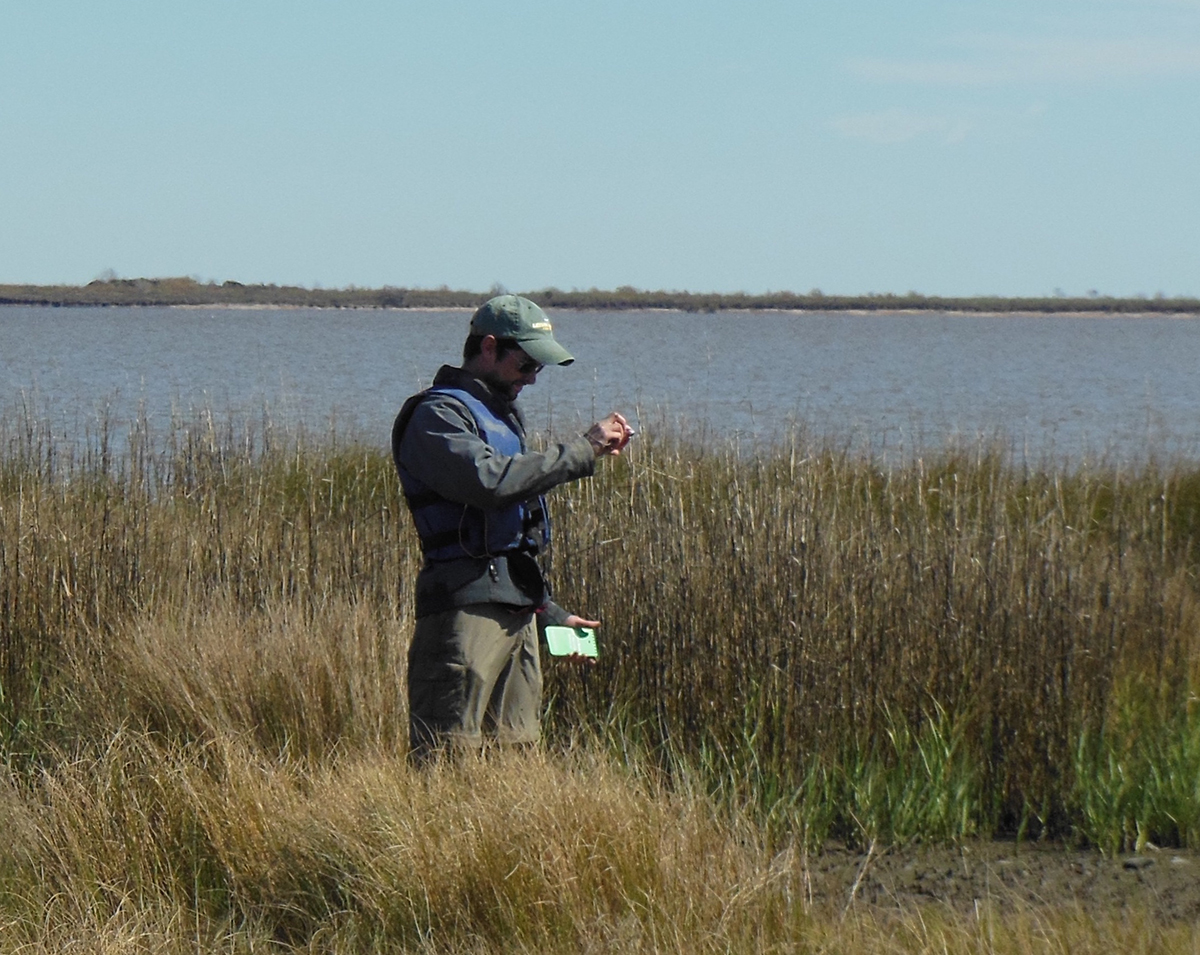After Deepwater Horizon spill, oyster size did not change
By Blaine Friedlander

Contrary to their own scientific intuition, Cornell researchers found that the body size of intertidal oysters didn’t change after the Deepwater Horizon oil spill disaster in the Gulf of Mexico. This offers evidence that either the mollusks recovered rapidly or that the accident lacked the severity to affect growth.
“The average body size of oysters was relatively unchanged after the oil spill,” said paleo-ecologist Gregory Dietl, Cornell adjunct associate professor of earth and atmospheric sciences, reporting in the journal Royal Society Open Science, Nov. 30. Dietl is also a fellow at Cornell’s Atkinson Center for a Sustainable Future. Stephen R. Durham, a Cornell doctoral student in earth and atmospheric sciences, is a co-author on the paper.
After the initial explosion April 20, 2010, which sank the Deepwater Horizon semi-submersible rig, about 3.2 million barrels of oil poured into the northern Gulf of Mexico until the well was capped July 15.
Unfortunately, lack of baseline data hampers ecological assessments. To solve this, Dietl and Durham applied a novel approach, as they obtained oyster body size baselines through “death assemblages” of shells. Specifically, shells from oysters that lived from decades to centuries ago buried at eight locations along a 225-mile stretch of the Louisiana coastline. They dug up the old beds to compare the dead body sizes to today’s live oysters.
Dietl and Durham had predicted that oysters would respond to oil exposure by slowing their growth, resulting in a smaller average body size in the spill’s aftermath, but found no appreciable difference.
“We are left with the surprising observation that the largest marine oil spill in U.S. history did not reduce the body size of oysters – even those in close proximity to locations that were heavily oiled,” Dietl said.
The scientists believe that the travel distance of the oil gave it time to degrade, and bacterial presence in the tissue and mantle fluids of Gulf Coast oysters can process and degrade ingested oil.
In spite of the grim name, death assemblages provide answers to life science’s vexing problems after unsettling environmental disasters. Said Dietl: “Sometimes local baseline data are right beneath your feet.”
The National Science Foundation funded this work.
Media Contact
Get Cornell news delivered right to your inbox.
Subscribe